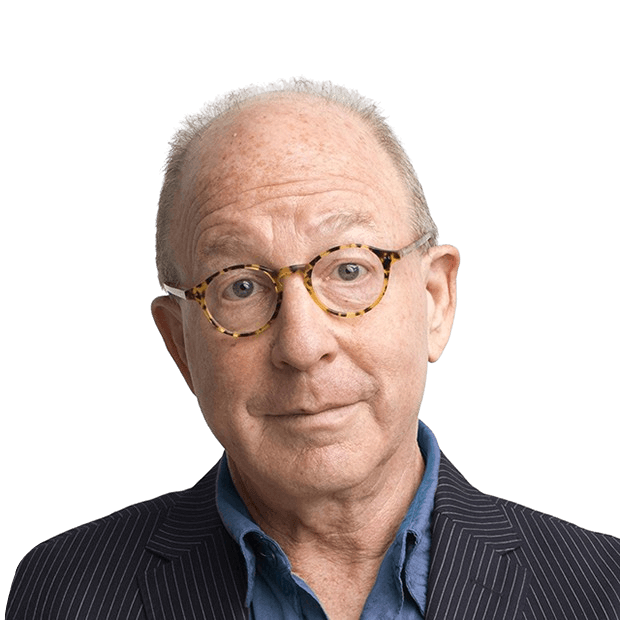View the archive of my 90-minute class and discover the Five Things I’ve Learned about how artists and art lovers become really good at art.
Art is for anyone. It’s just not for everyone. I know this viscerally, as a would-be artist who burned out. Many people ask “How can I be an artist?” Or “How do I look at art?” I never went to school and have no degrees – other than three honorary PhDs. I spent decades as a long-distance truck driver (my CB-handle was The Jewish Cowboy) and didn’t start writing till I was forty. All this is by way of say that all of us are self-taught and that art— and the confidence to understand art—is best when it is most self-taught.
But how do you get from starting to make art or just looking at it seriously to being really good at it? There’s no special way. But to begin you need to understand art. How? Everyone takes a different path. I am still not sure what I’m doing. Yet over the years I’ve found myself returning to a handful of core ideas again and again. Most of these ideas come from the simple act of looking at art, then looking some more. Others come from listening to artists talk about their work and their struggles.
In this talk we’ll plumb art’s mysteries and depths. On offer will be nodes and nubs of advice, a kind of assemblage designed to take the listener from clueless amateur to generational talent or at least help you live your life as an artist or lover of art a little more creatively. Art, in all its forms, raises many persistent, strange, and even scary issues—challenges that can keep artists and onlookers intimidated, cynical, afraid to get started or to keep going. Even lifers like me. Don’t be afraid; or do be afraid and get on with it and to work anyway, you big babies. Smileface emoji.
Some of our fears of incompetence are circumstantial or learned:
What happens if you didn’t go to school for this? (I didn’t.)
What if you’re almost pathologically bashful? (Hi.)
What if you have impostor syndrome? (Almost everyone does; it’s the price of admission to the House of Creativity.)
Other questions are foundational:
Is the psychology of the work the same as the psychology of the artist? (Not really. And yet there must be a little bit of Jane Austen in every character in Sense and Sensibility, right? Just as there must be a bit of Goya in each of his monstrous figures. Or is there?)
How do you know if your art is working? (As painter Bridget Riley put it, “If it doesn’t feel right—it’s not right.”)
Deepest of all: What is art, anyway? Is it a form of consciousness? A tool the universe uses to become aware of itself? Is it a craft-based tool for the study of consciousness or maybe the greatest operating system our species has ever invented to explore the seen and unseen worlds?
I say yes—art is all these and more. And your talent and desire is like a wild animal that must be fed.
With all these questions floating around unresolved, how does any aspiring artist take that leap of faith to rise above the cacophony of external messages and internal fears and do their best work? How does a would-be lover of art do the same?
That’s what we’ll be touching on. Please join me.

